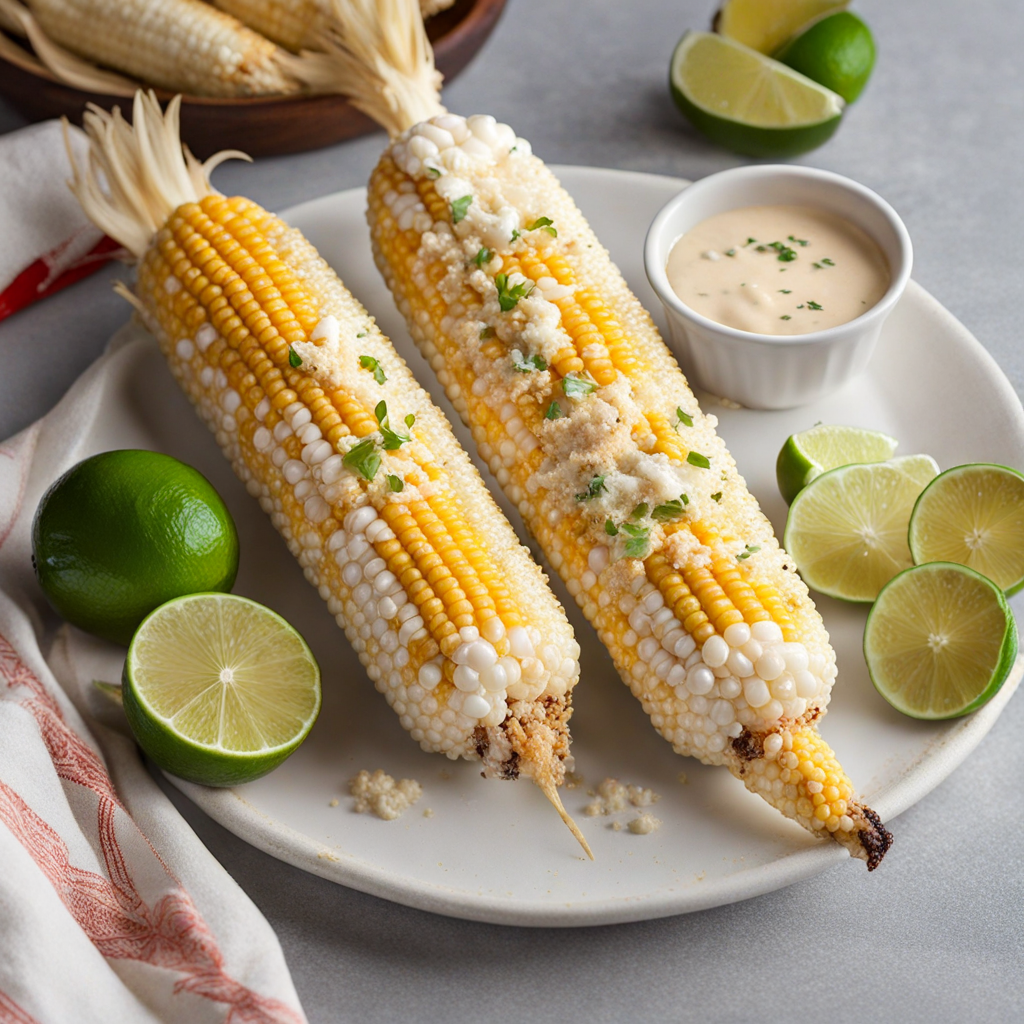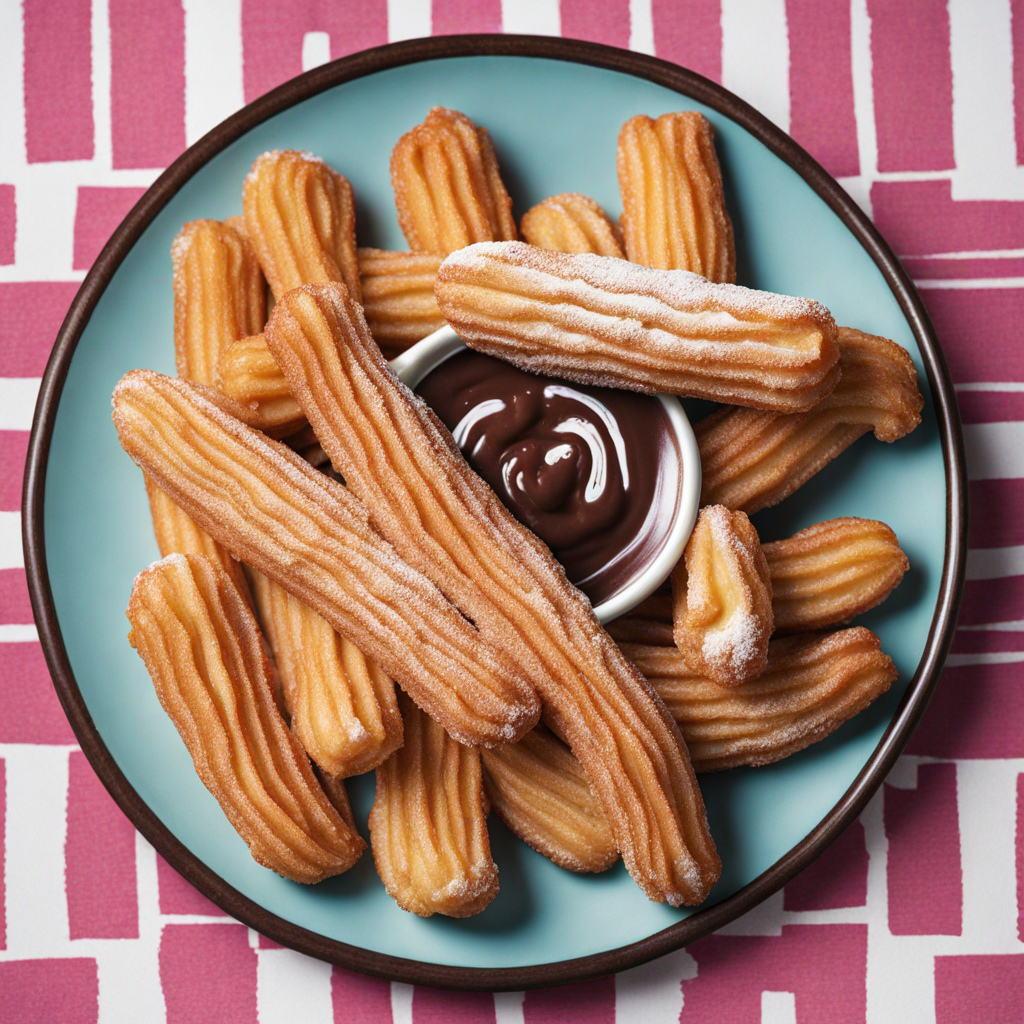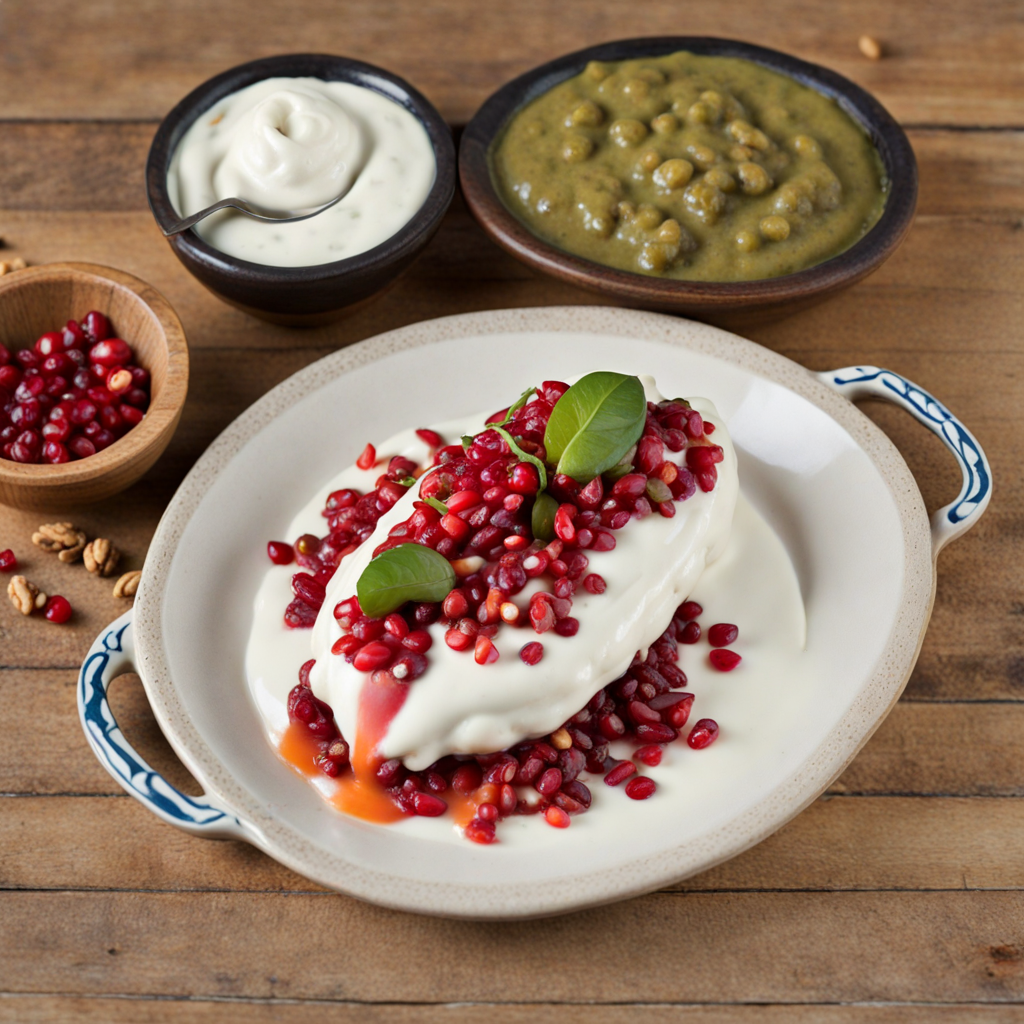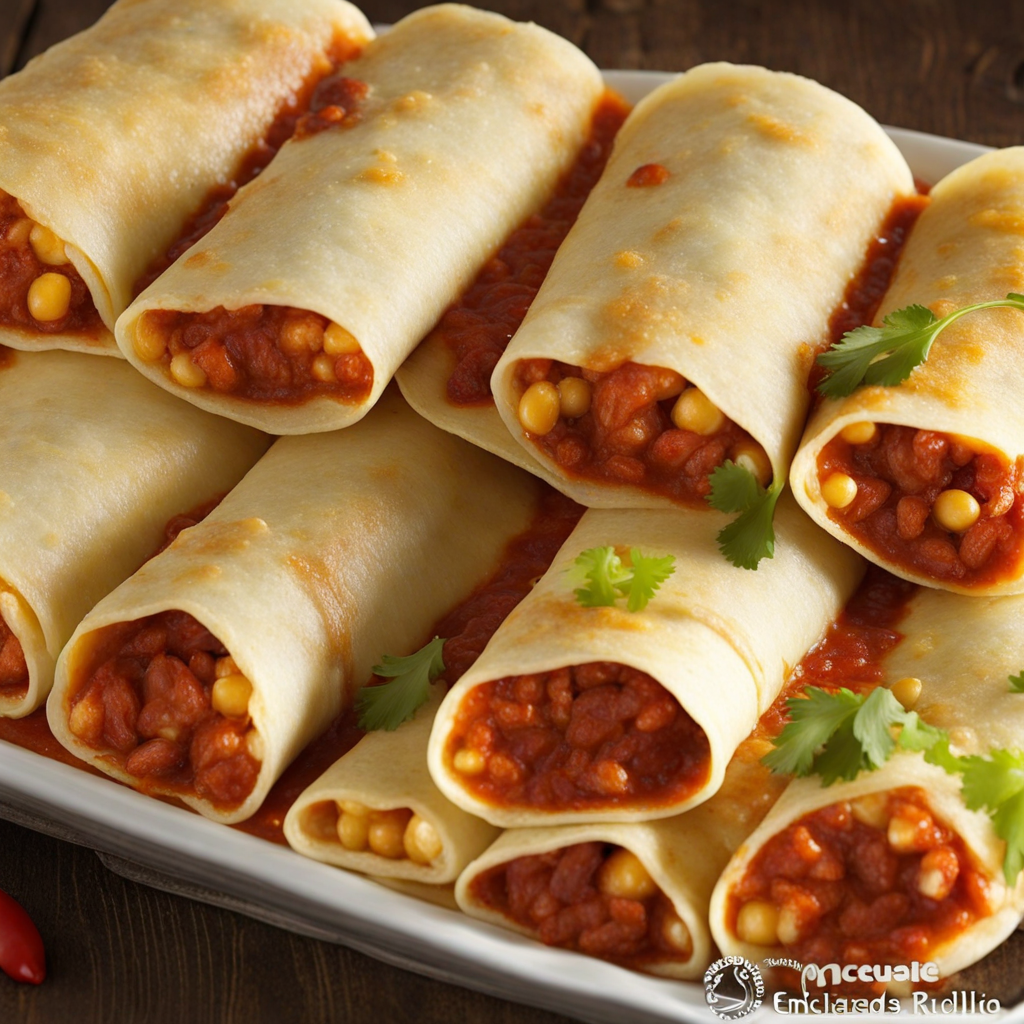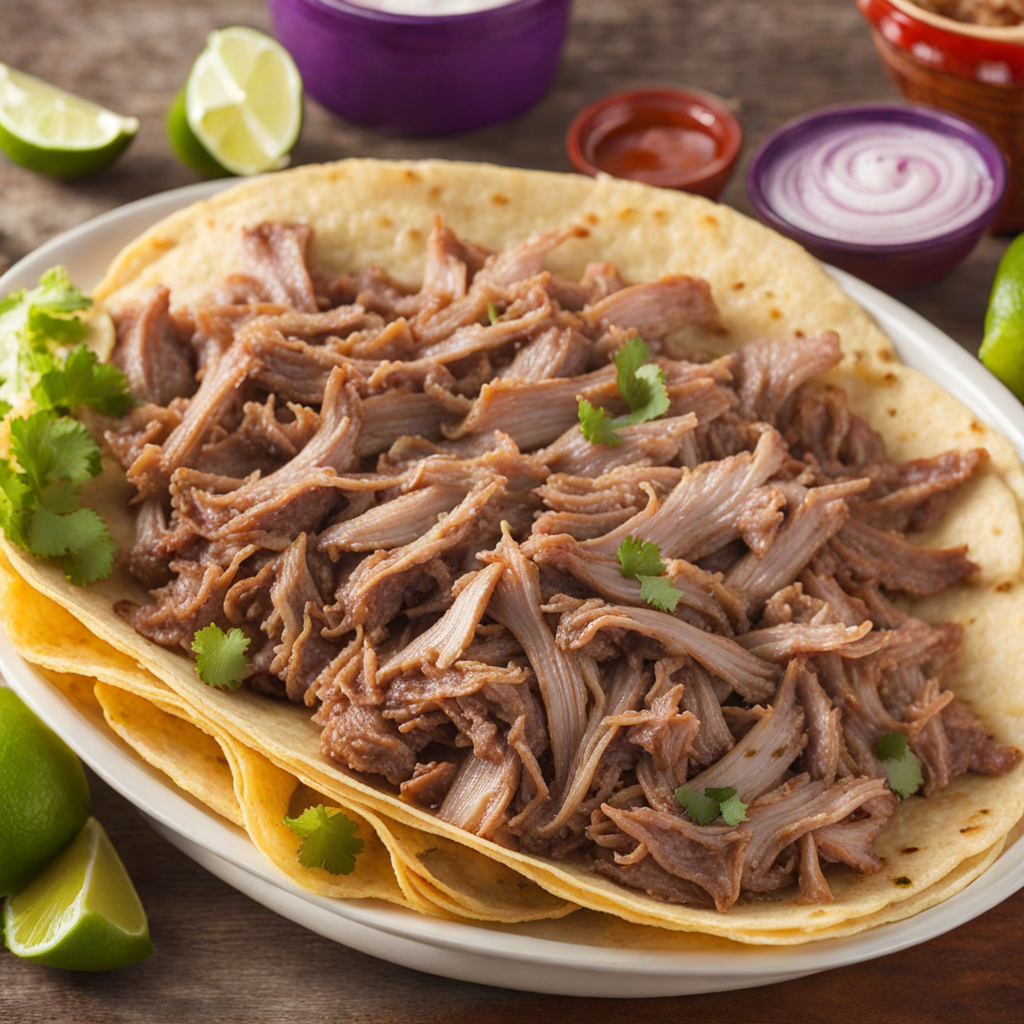Elote
Elote, a quintessential Mexican street food, has captivated the palates of many with its simple yet delightful combination of flavors and textures. At its core, elote refers to grilled corn on the cob, typically slathered with a mix of toppings that elevate its taste to new heights. The dish is often enjoyed as a snack or side dish at fairs, street corners, and family gatherings, embodying the rich culinary traditions of Mexico. The history of elote can be traced back to ancient Mesoamerican civilizations, where corn, or maize, was a staple food. Corn was revered not just as a dietary staple but also held significant cultural importance, often associated with various rituals and festivities. Over the centuries, elote evolved from its humble origins into a popular street food, reflecting the regional variations and preferences across Mexico. In contemporary times, elote has gained international acclaim and can often be found at food festivals and Mexican restaurants worldwide. The flavor profile of elote is a harmonious blend of sweet, savory, and tangy notes. The natural sweetness of the corn is enhanced by the smoky char from grilling, creating a perfect balance. The toppings typically include mayonnaise or crema, which add a creamy richness, while crumbled cotija cheese introduces a salty, crumbly texture. A sprinkle of chili powder or Tajín provides a spicy kick, and a squeeze of lime juice brings a refreshing acidity that ties all the flavors together. This combination makes each bite a delightful experience, with the crunch of the
How It Became This Dish
Elote, a delicious Mexican street food, is more than just grilled corn on the cob; it embodies a rich cultural heritage that spans centuries. This beloved snack has evolved from its indigenous roots to become a symbol of Mexican culinary identity and is enjoyed not only in Mexico but also in various parts of the world, particularly in the United States. Origins The origins of elote can be traced back to the ancient civilizations of Mesoamerica, where corn (or maize) was a staple food. Archaeological evidence suggests that the domestication of corn began over 9,000 years ago in what is now southern Mexico. The indigenous peoples, including the Aztecs and Maya, revered corn not just as a food source but as a sacred element of their culture. It was integral to their diet, rituals, and mythology. The word "elote" itself comes from the Nahuatl word "elotl," which referred to corn on the cob. In these early societies, corn was often ground into masa (dough) for tortillas, tamales, and other staple dishes, but it was also cooked and eaten directly off the cob. The act of grilling corn over an open flame likely began as a simple cooking method to enhance its flavor, creating a dish that would eventually develop into what we know as elote today. Cultural Significance Elote is not just food; it represents a deep cultural connection for many Mexicans. It is commonly found at markets, fairs, and street corners, sold by vendors who skillfully prepare it in front of customers. The preparation of elote itself is a social event, often accompanied by laughter, music, and community interaction. The experience of eating elote is as significant as the food itself, encapsulating the vibrant street culture of Mexico. Traditionally, elote is boiled or grilled and then slathered with a mixture of mayonnaise, sour cream, or crema, sprinkled with cotija cheese, and finished with a squeeze of lime and a dusting of chili powder. This combination of flavors and textures—sweet, creamy, spicy, and tangy—creates a sensory experience that is both comforting and exciting. Moreover, elote is often associated with celebrations and festivals. It is a common sight at carnivals and fairs, where families gather to enjoy this quintessential treat. The shared experience of eating elote fosters a sense of community and togetherness, making it a cherished part of Mexican culture. Development Over Time As Mexico underwent significant changes through colonization, globalization, and urbanization, so did the preparation and consumption of elote. The Spanish colonization in the 16th century introduced new ingredients and cooking techniques to the indigenous diet. The incorporation of dairy products, particularly cheese and cream, revolutionized the way elote was prepared and served. The use of cotija cheese, for example, became a hallmark of the dish, adding a unique flavor profile that has become synonymous with elote today. In the 19th and 20th centuries, as Mexico experienced urban growth, elote vendors began to appear on the streets of cities. These vendors, known as "eloteros," became an iconic part of urban life, selling elote from carts equipped with grills. The popularity of elote surged during this period, with each region in Mexico developing its own variations, reflecting local tastes and ingredients. For instance, in some areas, elote is served with a drizzle of spicy salsa or a sprinkle of fresh herbs, while in others, it might feature a more substantial coating of cheese or a variety of sauces. Elote in the United States The migration of Mexicans to the United States, particularly during the early to mid-20th century, helped popularize elote beyond its borders. As Mexican communities established themselves in American cities, they brought their culinary traditions with them. Street vendors began selling elote in areas with significant Mexican populations, and it quickly gained popularity among a wider audience. In recent years, the rise of food trucks and the gourmet food movement has propelled elote into the spotlight in the United States. Chefs have embraced the dish, offering innovative twists while preserving its traditional essence. Variations such as "esquites," a dish made with the same ingredients but served off the cob in a cup, have also gained popularity. In this preparation, the corn is cut off the cob and mixed with the typical toppings, making it easier to eat while retaining the bold flavors. Global Influence and Contemporary Variations As globalization continues to shape culinary landscapes, elote has inspired adaptations in various cultural contexts. In the United States, it has found its way into high-end restaurants and trendy eateries, often as part of fusion cuisine. Chefs experiment with different toppings, such as sriracha, tahini, or even truffle oil, while still honoring the dish's classic components. Elote has also become a popular item at summer barbecues and outdoor events, often prepared on backyard grills. Its appeal lies in its simplicity and the communal experience it fosters among those who prepare and enjoy it together. The dish has transcended its original context, and variations have emerged globally. In some Caribbean countries, for example, corn is served with similar toppings, drawing parallels to elote while incorporating local flavors. This global adoption speaks to the universality of corn as a fundamental food source and the adaptability of elote's flavors. Conclusion Elote represents more than just a tasty treat; it is a culinary symbol of Mexico's rich history, cultural significance, and adaptability. From its ancient origins as a staple of indigenous diets to its status as a cherished street food and global phenomenon, elote has evolved while remaining a testament to the enduring legacy of corn in Mesoamerican culture. As it continues to adapt and inspire around the world, elote serves as a delicious reminder of the power of food to connect communities and celebrate traditions. Whether enjoyed at a bustling market in Mexico City or at a backyard barbecue in the United States, elote remains a beloved dish that brings people together, a true emblem of culinary heritage.
You may like
Discover local flavors from Mexico


